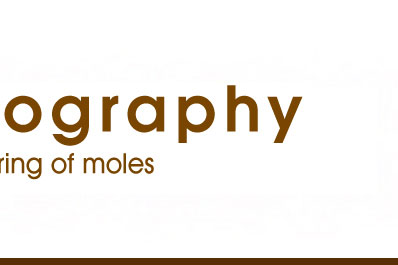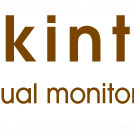 |
||||||||||||
 |
 |
 |
||||||||||
 |
 |
|||||||||||
 |
||||||||||||
 |
||||||||||||
 |
 |
|||||||||||
 |
||||||||||||
Digital Monitoring“Digital monitoring has been shown to allow early detection of clinically "featureless" melanoma; ie. melanoma that cannot be detected by routine clinical examination, while at the same time reducing needless excisions.” Associate Professor Scott Menzies Some patients have irregular moles that don’t show clinical features of a melanoma but the Doctor would like to monitor it over a period of time (normally 3 months) to see whether it is undergoing change. The dermatoscope – a skin surface microscope, enables a fine detailed examination of the mole. Below you can see the difference between what the naked eye can see and what one is able to see under the dermoscopic view.
The dermatoscope is attached to the digital camera and a series of images are taken over a 3 month interval to spot differences in the mole. An immersion oil is applied over the mole and is photographed. Changes that can appear over a period of time are changes in the moles overall size, shape, pattern and colour. An example of size and colour changes are shown below. This technique allows the early detection of melanomas and also reduces unnecessary biopsies.
For additional reading material:
|
||||||||||||||||||





